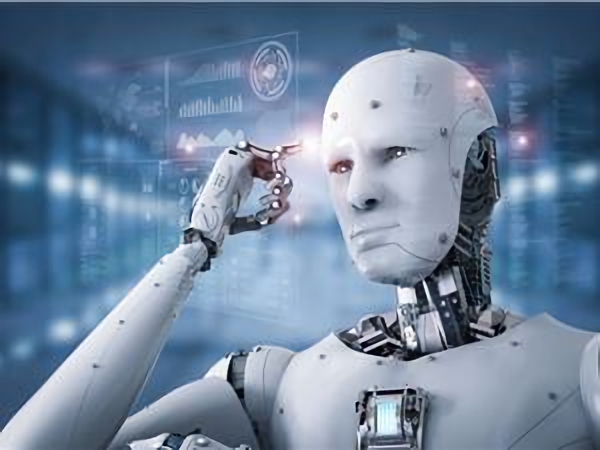Boston Dynamics recently announced a layoff of 5%, affecting about 45 employees and affecting almost all departments. The move reflects the severe financial pressure the company is currently facing. Its CEO Robert Pryor admitted in the letter that despite the widespread attention of the company's robots, business progress has failed to meet expectations, and monthly capital consumption has exceeded revenue growth. . The layoffs are aimed at streamlining operations and striving for sustainable development. This article will provide an in-depth analysis of the challenges faced by Boston Dynamics and the impact of this layoff.
Boston Dynamics recently announced layoffs, accounting for 5% of its total workforce, or about 45 employees. A company spokesman said the layoffs, which span nearly all departments, reflect the financial pressures the company is facing.
The company's CEO, Robert Pryor, admitted in a letter to employees that despite the intense media attention on its robots, the company's progress in commercial development has not met expectations.

Picture source note: The picture is generated by AI, and the picture authorization service provider Midjourney
Boston Dynamics is the company best known for producing the popular four-legged robot Spot. Pryor pointed out in the letter that although Spot is growing steadily among industrial and government customers, Stretch robots are gradually showing its value in logistics and retail fields, and the development progress of the humanoid robot Atlas is encouraging, the company currently faces a cash shortage The flow problem is very serious. He said that the current monthly capital consumption of the company exceeds the growth of commercial income, and measures must be taken to streamline operations and production processes to achieve sustainable development.
Boston Dynamics operates in an increasingly competitive market, especially in the field of humanoid robots. Companies such as Tesla, Agility Robotics and Figure AI are actively raising funds to promote the marketization of similar robotic technologies. Although Boston Dynamics' Spot robot has been used in multiple scenarios since its launch in 2019, including New York City fire departments and hospitals in the early days of the COVID-19 pandemic, the company has still struggled to translate this attention into stable long-term profits.
In addition, Boston Dynamics’ Stretch robots have begun to enter autonomously operated warehouses to carry heavy objects and perform repetitive tasks. The company also plans to launch a fully electric version of its humanoid Atlas robot, which is expected to be available soon.
Despite the many new products and market opportunities, the latest news of layoffs undoubtedly sounds a wake-up call for Boston Dynamics’ sustainable development, and may also have implications for other companies committed to the fields of robotics and artificial intelligence.
Highlight:
Boston Dynamics laid off 5% of its workforce, involving a total of about 45 employees, covering almost all departments.
The company is facing the problem of burning capital too quickly and urgently needs to streamline operations to achieve sustainable growth.
As market competition intensifies, Boston Dynamics needs to deal with pressure from companies such as Tesla, and it is difficult to convert media attention into profits.
The layoffs at Boston Dynamics highlight the challenges of commercialization in the robotics industry. Companies need to find a balance between technological innovation and business models to survive and develop in the fiercely competitive market for the long term. This reminds all robotics and AI companies that while focusing on technology, they must also pay attention to commercialization in order to achieve ultimate success.